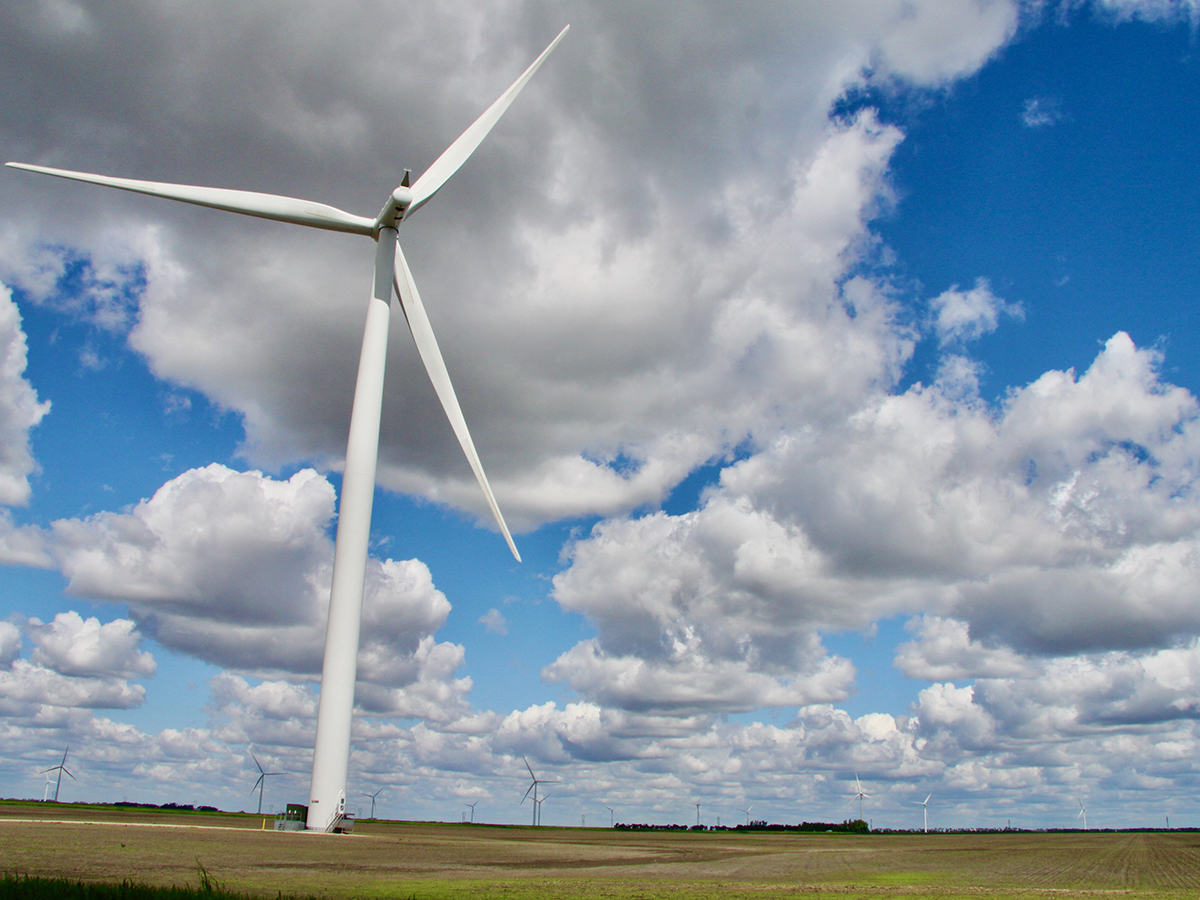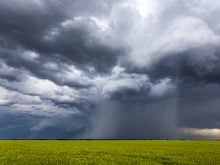I had a basic weather question from one of our younger readers that simply asked what wind is and why has this spring been so windy, at least across parts of the Prairies.
So, I am going to take a short break from our severe weather series and take this moment to try and answer this question.
Just what the heck is wind, and more importantly, what causes it to blow?
Read Also

Stacking Canada up on gene editing livestock
Canada may want to gauge how Argentina and other countries have approached gene editing in livestock and what that has meant for local innovation.
There are three main categories that we can use to classify winds.
One category are the primary winds that comprise the general circulation of the atmosphere — westerly winds, for example.
Another category are secondary winds, which are winds associated with the movement of high- and low-pressure systems.
The other category are the tertiary winds, which include such local winds as the Chinook winds in Alberta.
OK, but what actually causes the wind to blow?
As with most things in our atmosphere, there is a simple answer that explains the basics, but when you get right down to it, even the reason for wind blowing can get fairly complex.
In this week’s article we will keep things basic and simply go into the four main factors that control the wind.
Before we do that, let us first take a short pause and actually define what we mean by wind.
After looking up literally a dozen different definitions of wind, the one that I thought was best was probably the simplest: wind is the horizontal movement of air across the Earth’ surface with turbulence occasionally causing a vertical component to this movement. Sounds reasonable.
Now onto the four main driving forces behind the wind.
The first and most important one is gravity.
If we didn’t have any gravity on the Earth, the atmosphere wouldn’t have any weight. Without weight, it would not compress itself and there would be no increasing density as you get closer to the Earth’s surface.
This means that without gravity, there would be no atmospheric pressure. Heck, there wouldn’t even be an atmosphere.
When discussing weather, we just refer to the force of gravity acting on the atmosphere as atmospheric pressure. That would then make atmospheric pressure as our number one top force driving the wind.
In reality, it is the difference in atmospheric pressure that creates the wind, or what we call the pressure gradient force.
Well, that pretty much describes why we have wind, so why are there two other forces involved?
Well, as we dig deeper into what drives winds, we will discover that the coriolis force complicates things by deflecting winds as they travel across the globe — remember I pointed out there is a basic and a complex understanding of wind?
Now we are getting into the complex area.
Finally, there is that insidious force called friction. Without the force of friction, we wouldn’t be able to shelter ourselves from the wind, and the weather as we know it would not be the same.
I’ll dig deeper into these two forces in the next issue and how it all ends up tied together to give us wind.
Daniel Bezte is a teacher by profession with a BA in geography, specializing in climatology, from the University of Winnipeg. He operates a computerized weather station near Birds Hill Park, Man. Contact him at dmgbezte@gmail.com.
















